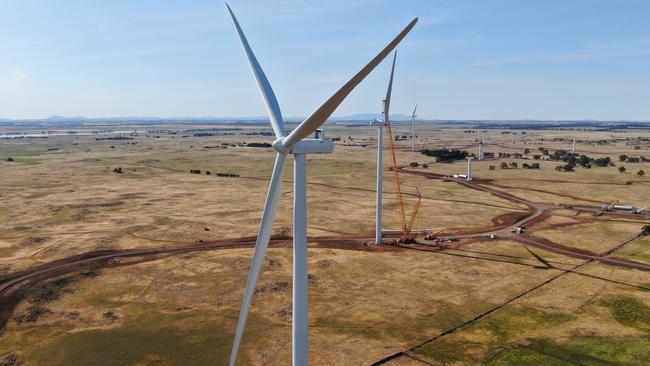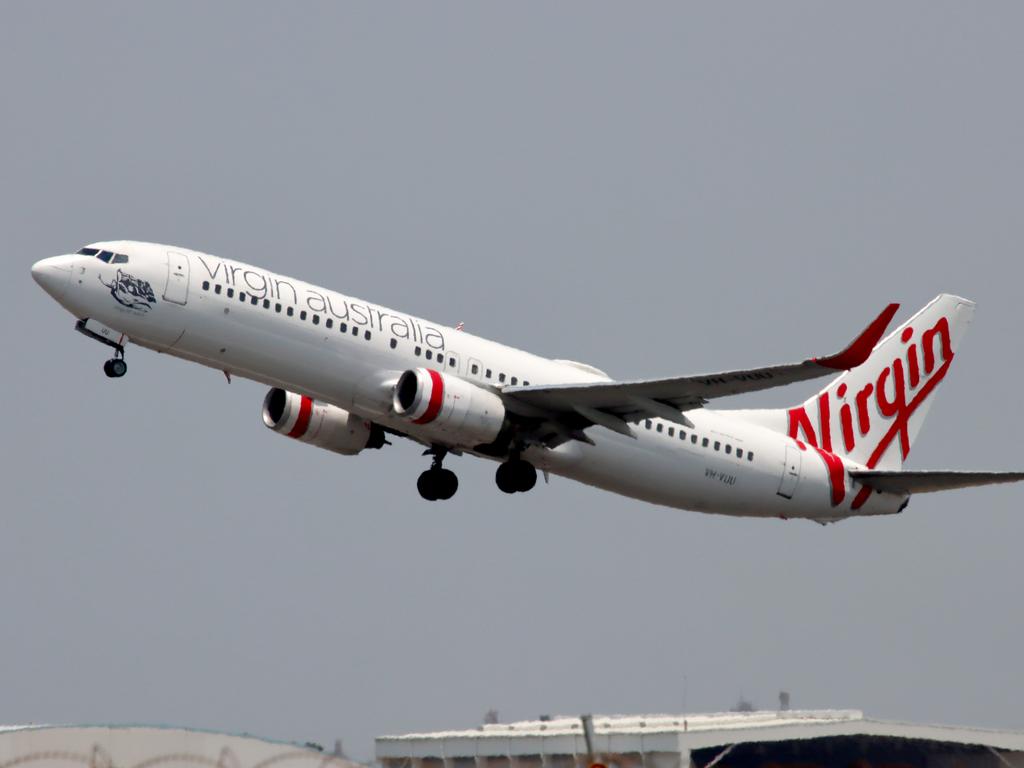Coronavirus crisis slashes energy spending by most on record
Biggest fall in global energy investment in history set to derail the shift to renewables.

The COVID-19 crisis has sparked the biggest fall in global energy investment in history with spending to plummet 20 per cent or $US400bn ($602bn) in 2020 in a move set to derail the shift to renewables, the International Energy Agency said.
The oil and gas industry is forecast to record the biggest fall, with investment down by a third this year, after oil prices sank by 70 per cent due to the steepest fall in demand on record and a supply war fought between OPEC nations and Russia.
Australia, the world’s biggest LNG exporter, also faces an uncertain outlook for its gas industry with the IEA warning of a “major overhang of capacity” putting intense pressure on margins and deferring major projects and timelines. Risks are also emerging over demand coming in below expectations while on the supply side Qatar is set to roll the dice with a massive expansion, further pressuring one of Australia’s biggest export earners.
Australian coal investment will fall next year due to the current drop in metallurgical and thermal prices.
Australian data for 2011-19 shows that “changes in spending are well aligned with the price signals from the preceding period,” the IEA said. “On this basis, downward pressure on the coal price in 2020 is likely to be a primary factor affecting investment decisions in 2021.”
The US shale industry will see spending halve in 2020 with investor confidence and access to capital now “dried up” while many of the world’s government-owned national oil companies face funding shortfalls with oil trading at $US36 a barrel currently.
“The historic plunge in global energy investment is deeply troubling for many reasons,” IEA executive director Fatih Birol said. “It means lost jobs and economic opportunities today, as well as lost energy supply that we might well need tomorrow once the economy recovers. The slowdown in spending on key clean energy technologies also risks undermining the much-needed transition to more resilient and sustainable energy systems.”
Cutbacks made by energy investors now will take several years to flow through to the market, adding to risks of future imbalances and prompting new energy price cycles or volatility.
Power sector spending will fall by 10 per cent this year to its lowest level in over a decade with renewables also set to drop 10 per cent in 2020 as households and corporates cut back on spending. Final investment decisions for new utility scale wind and solar projects slowed in the first quarter of 2020 back to 2017 levels.
Clean energy
While clean energy investment has been resilient in the downturn, a flat trend of spending since 2015 will not be enough to bring about a lasting cut in emissions, the IEA said.
Concern is also mounting over a mismatch for where investment is required with a lack of market and policy signals failing to result in enough capital being deployed to support the transition to clean energy. The current crisis could offer the chance to reset investment priorities but may also “exacerbate these mismatches and take the world further away from achieving its sustainable development goals.”
Investment in coal supply is tipped to fall by a quarter in the 12 months to December although the IEA noted COVID-19 does not pose an “existential threat” to the fossil fuel. Decisions to proceed with new coal plants have fallen by 80 per cent since 2015, but the global coal fleet continues to grow according to the IEA.
Approvals of new facilities in the first quarter of 2020, mostly in China, were running at twice the rate seen in 2019.
Global spending on coal supply rose to $US90bn in 2019 from $US80bn, although the figure relates to coal mining and exports rather than spending on coal-fired power plants.
Commodity price cycle
While a growing backlash by investors is hurting the scale of some projects including Adani’s Carmichael mine in Queensland, the bigger factor is the commodity price cycle.
“Climate related pressures are visibly affecting some projects and shaping the demand outlook for coal in many countries, creating significant risks to coal investment,” the IEA said. “However, the overall pattern is that coal supply investment still follows typical commodity boom and bust cycles in which high prices tend to lead to over-investment, which creates oversupply and hence low prices, which in turn discourages investment until shortages push up prices again.”
Carbon capture and storage, identified by the federal government as a technology which could qualify for subsidies, also faces a threat from the current market turmoil with the IEA noting spending on projects remain modest in 2019 at under $US1bn.
Global carbon emissions are set for their biggest annual decline on record with the COVID-19 pandemic leading to plunging demand for oil and coal in the biggest shock to the energy industry since World War 2, the IEA said in April.
Pollution from energy output is forecast to fall by 8 per cent, or 2.6bn tonnes in 2020, the largest drop in emissions ever recorded, and six times larger than a 400m tonne decrease in 2009 following the global financial crisis.
The projected fall in emissions was nothing to cheer given the global health emergency, the IEA said, and could soon be followed by a sharp rebound as economies recover as seen in the aftermath of the GFC.






To join the conversation, please log in. Don't have an account? Register
Join the conversation, you are commenting as Logout